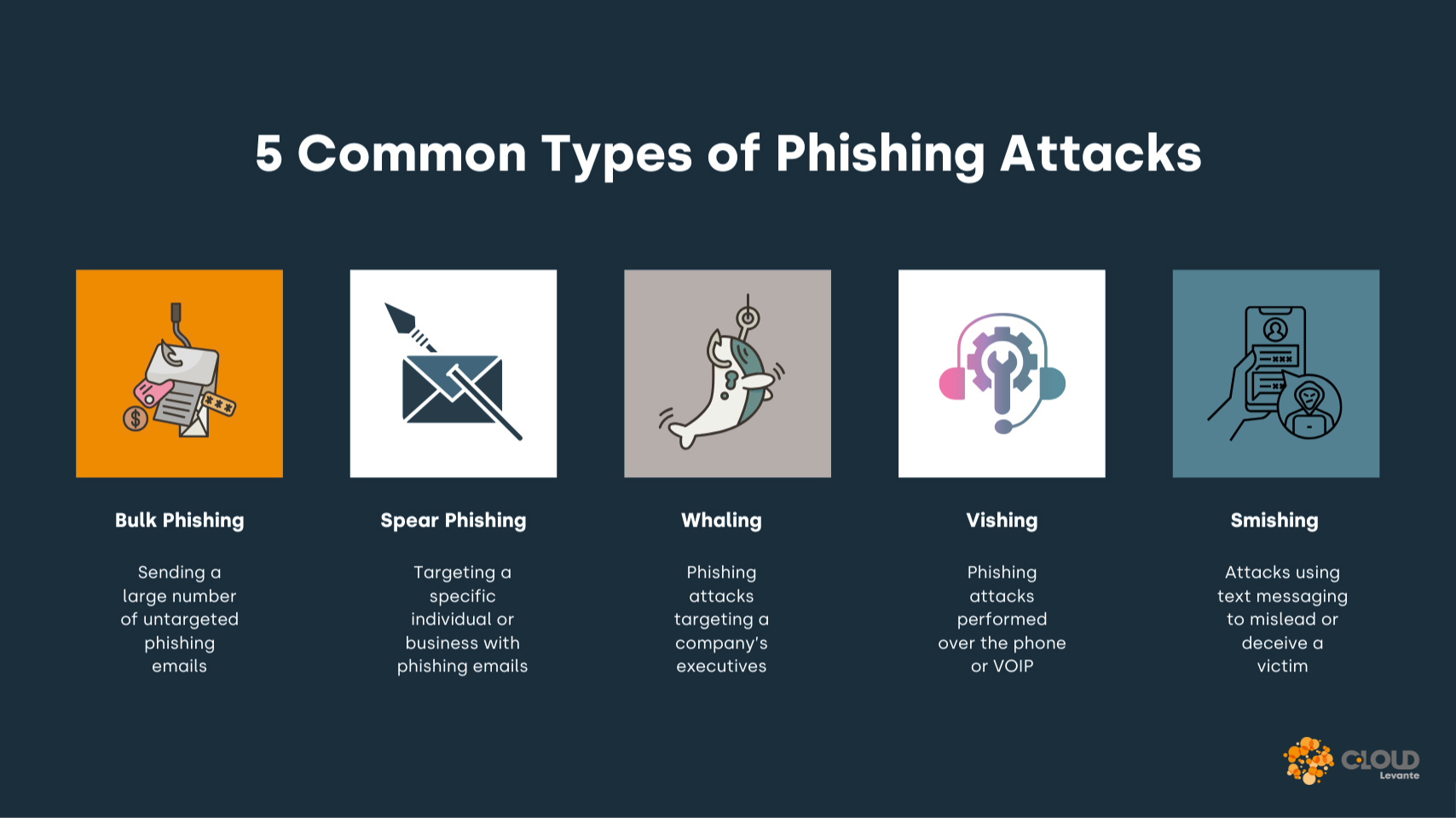Cybersecurity Awareness – Real-World Phishing Examples
Phishing is a social engineering technique in which an attacker sends fraudulent emails or links that mimic legitimate services (banks, email providers, corporate platforms). Technically, the attacker uses a redirect server or phishing kits that replicate the original interface. When the victim clicks the link, their credentials are sent to the malicious server or malware is downloaded that exploits browser or operating‑system vulnerabilities.

Consequences of a Phishing Attack
When a user enters their data into a fraudulent form, the attacker gains immediate access to critical systems, leading to the following negative impacts:
Access to corporate email and VPN portals: Theft of internal communications, manipulation of calendars and contacts, and unauthorized remote access that facilitates further attacks.
Malware deployment: Banking trojans that steal financial credentials or ransomware that encrypts thousands of files, disrupting operations and demanding financial ransoms.
Lateral movement: Use of techniques such as Pass‑The‑Hash or Kerberoasting to escalate privileges, compromise internal servers, and spread across the network undetected.
Data exfiltration: Leakage of sensitive information, strategic plans, or intellectual property, which may end up on dark‑web markets or be used for blackmail.
Operational disruption: Shutdown of critical services, the need to restore from backups, and costly downtime affecting productivity and revenue.
Penalties and reputational damage: Regulatory fines for GDPR or national data‑protection violations and erosion of customer and partner trust, with long‑term brand impact.
For example, in 2024, engineering firm Arup fell victim to a deep‑fake phishing attack that mimicked the voice of its CFO. The finance department wired £20 million to accounts controlled by the attackers. Beyond the financial loss, the incident caused delays in critical projects and a significant loss of trust among partners and clients.
How to Prevent a Phishing Attack
To safeguard your organization against phishing, implement the following layers of defense:
Email Security Cloud (e.g., Hornet Security) with dynamic sandboxing and link‑reputation analysis.
URL Protection & Rewriting to block malicious redirects.
Targeted Attack Protection (TAP) to inspect attachments and neutralize advanced payloads.
Endpoint security: Enforce blocking of unsigned scripts (AppLocker, Windows Defender Application Control).
Multi‑factor authentication (MFA) using hardware tokens or TOTP apps.
Ongoing training and phishing simulations (e.g., Hornet Security Awareness Training) to build staff resilience.
SIEM monitoring to detect unusual patterns, such as spikes in failed login attempts or traffic to newly registered domains.
